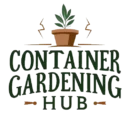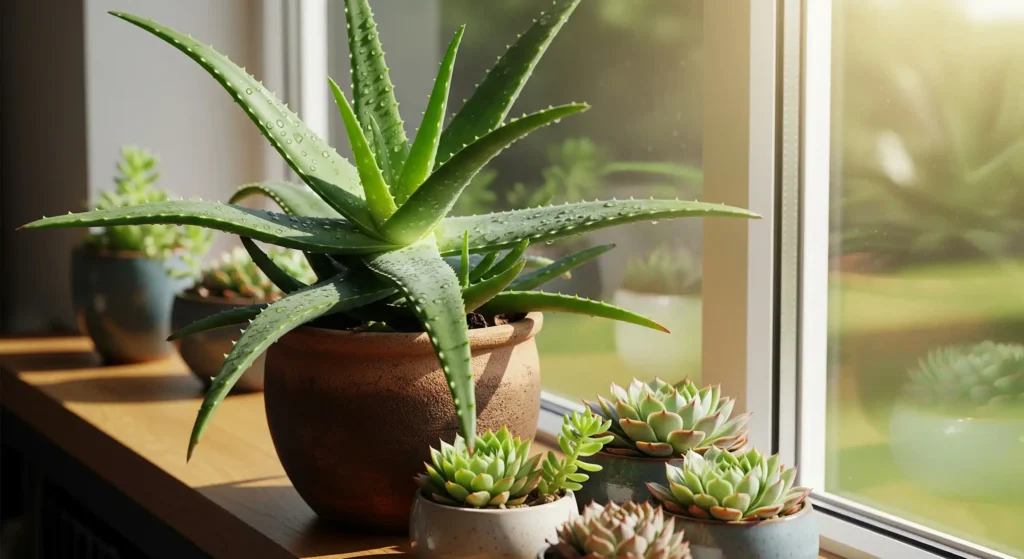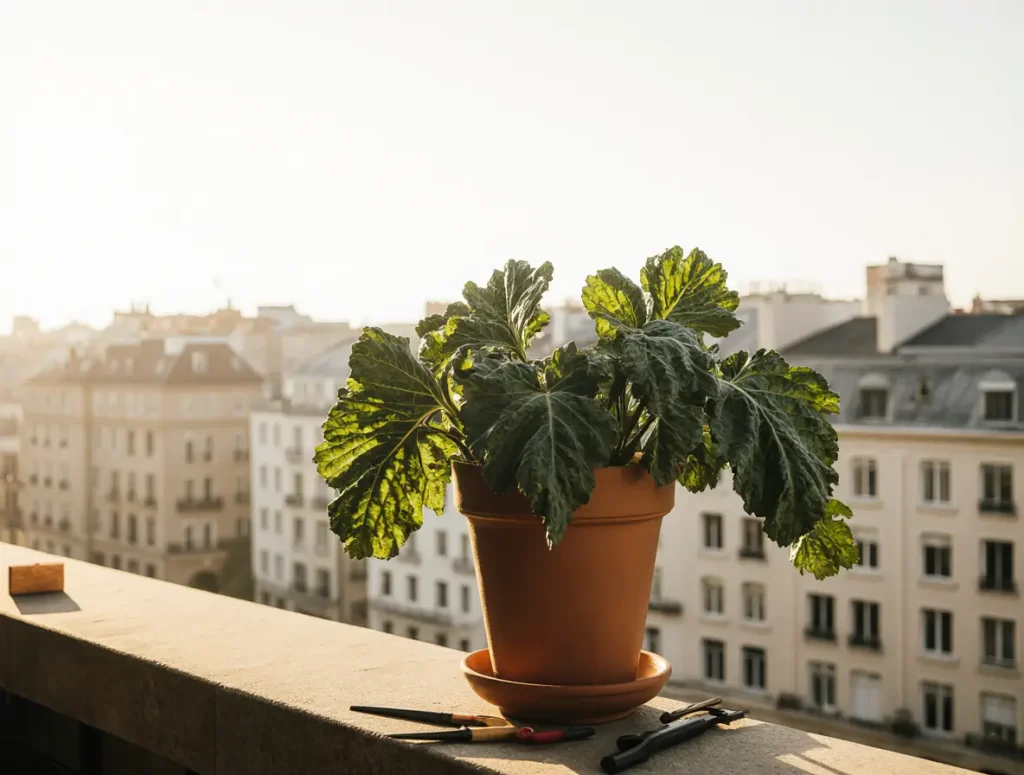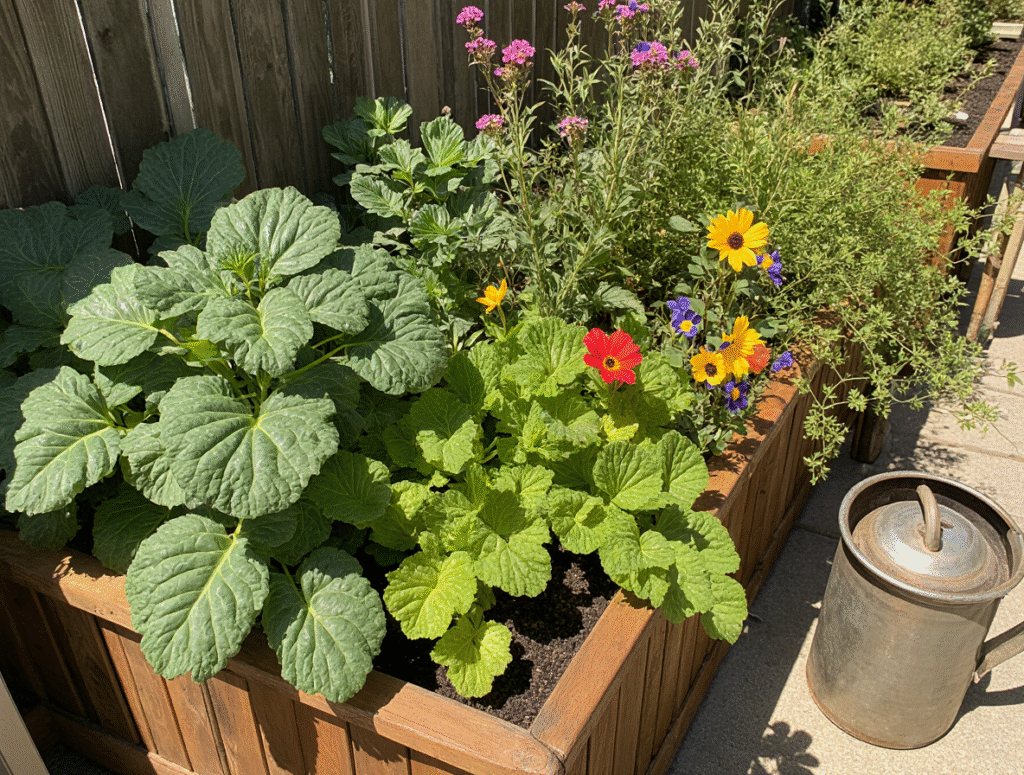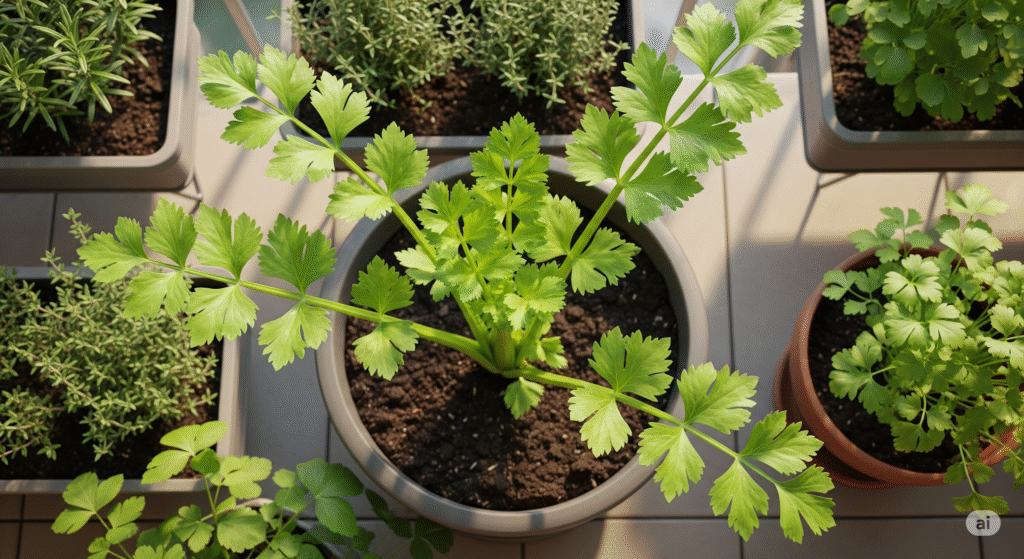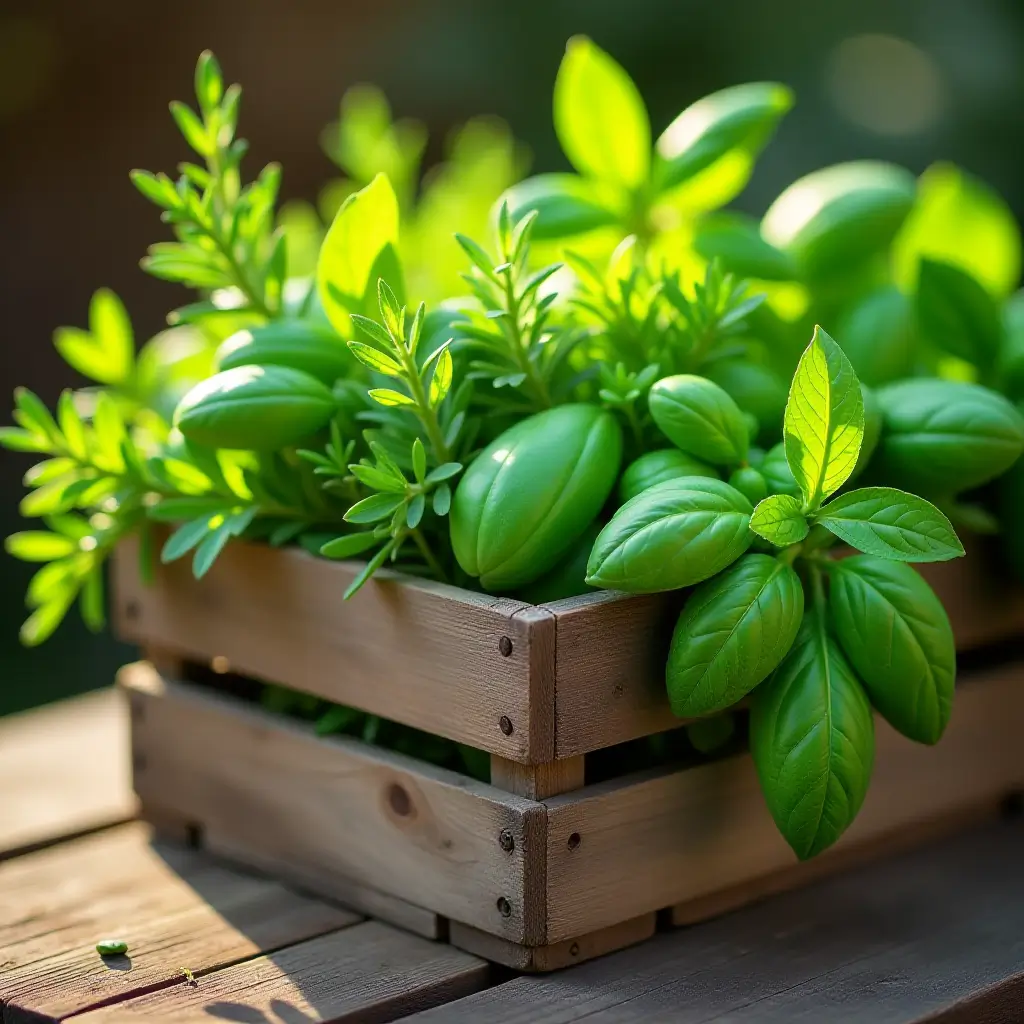
Herbal Container Planting for Beginners: 9 Simple Steps to a Thriving Garden
Growing herbs in containers is a rewarding experience for beginners and seasoned gardeners alike. It’s a fantastic way to cultivate fresh flavors right on your patio, balcony, or even your kitchen windowsill. This guide will equip you with the knowledge and confidence to embark on your own successful herbal container garden.
1. Choosing the Right Containers
- Size Matters: Select containers that are deep enough to accommodate the root systems of your chosen herbs. Most herbs require at least 6 inches of depth.
- Drainage is Key: Ensure your containers have adequate drainage holes to prevent root rot. If your chosen container lacks drainage, drill holes in the bottom.
- Material Choices:
- Terracotta: Porous, allowing excess water to evaporate, but can dry out quickly.
- Plastic: Lightweight, durable, and retains moisture well.
- Ceramic: Stylish, but can be heavy and may crack in extreme temperatures.
2. Selecting the Perfect Herbs
- Start with Easy Growers: Beginners should start with easy-to-grow herbs like basil, mint, chives, and parsley.
- Consider Your Space: Choose herbs that will thrive in the amount of sunlight available in your chosen location.
- Think About Your Culinary Needs: Select herbs that you frequently use in your cooking.
3. Choosing the Right Soil
- Well-Draining Mix: Use a well-draining potting mix specifically designed for containers. Avoid using garden soil, as it can become compacted and hinder drainage.
- Consider Adding Amendments: Incorporate organic matter like compost or perlite to improve aeration and drainage.
4. Planting Your Herbs
- Prepare the Container: Fill your container with potting mix, leaving a few inches of space at the top.
- Plant Gently: Gently remove your herb from its nursery pot and place it in the center of the container.
- Backfill with Soil: Fill the remaining space with potting mix, ensuring the soil is level with the top of the root ball.
- Water Thoroughly: Water gently to settle the soil and ensure good contact with the roots.
5. Providing Optimal Care
- Sunlight: Most herbs thrive in full sun, which typically means at least 6 hours of direct sunlight per day.
- Watering: Water regularly, but avoid overwatering. Check the soil moisture regularly by inserting your finger into the soil. Water deeply when the top inch of soil feels dry.
- Fertilizing: Feed your herbs every 2-3 weeks with a balanced liquid fertilizer diluted to half strength.
- Pruning: Regular pruning encourages bushier growth and prevents the plants from becoming leggy.
6. Common Pests and Diseases
- Aphids: These small, sap-sucking insects can infest your herbs. Use insecticidal soap or introduce ladybugs to control them.
- Powdery Mildew: This fungal disease thrives in humid conditions. Improve air circulation and avoid overhead watering.
- Root Rot: Overwatering can lead to root rot. Ensure your containers have adequate drainage and avoid letting them sit in water.
7. Harvesting Your Herbs
- Harvesting Tips: Harvest herbs in the morning after the dew has dried.
- Pinch or Cut: Pinch or cut stems above a set of leaves to encourage bushier growth.
- Drying Herbs: Air dry herbs in a well-ventilated, shaded area.
8. Winter Care
- Bring Indoors: If you live in a region with cold winters, bring your herb containers indoors to a sunny windowsill.
- Reduce Watering: Reduce watering frequency during the winter months.
- Protect from Drafts: Keep your indoor herbs away from cold drafts.
9. Creative Container Ideas
- Upcycled Containers: Repurpose old teapots, watering cans, and even boots as unique herb planters.
- Hanging Baskets: Utilize hanging baskets to maximize space and add a touch of vertical interest.
- Tiered Planters: Create a tiered herb garden using different sized pots and stands.
Conclusion
Growing herbs in containers is a rewarding and accessible gardening experience. By following these simple steps and providing your herbs with the proper care, you can enjoy a bountiful harvest of fresh, homegrown flavors all season long.
FAQs
- Can I grow herbs in shady areas? Some herbs, such as mint and parsley, can tolerate partial shade, but most prefer full sun.
- How often should I fertilize my herbs? Fertilize your herbs every 2-3 weeks with a balanced liquid fertilizer diluted to half strength.
- Can I overwater my herbs? Overwatering is a common problem and can lead to root rot.
- How do I prevent pests and diseases? Regularly inspect your plants for pests and diseases and take appropriate action to control them.
- Can I grow herbs indoors year-round? Yes, with proper care, you can grow many herbs indoors year-round.
By following this comprehensive guide, you’ll be well on your way to cultivating a thriving herb garden in containers. Happy gardening!
You Might Like
The Ultimate Guide to Aloe Vera Plant Care: How to Keep Your Aloe Thriving
How to Regrow Celery in Pots: A Complete Step-by-Step Guide for Beginners July 26, 2025 Aloe Vera Plant CareIf you’ve ever struggled with keeping an aloe vera plant alive and healthy, you’re not alone. Aloe vera plants are often perceived as nearly indestructible, but the truth is many people unknowingly ...
How to Grow Kale in Pots: Your Ultimate Guide to Thriving Greens in Small Spaces
How to Grow and Care for Vanilla Bean Orchid: The Ultimate Guide April 24, 2025 How to Grow Kale in PotsIf you've ever dreamed of harvesting crisp, nutrient-packed kale from your own patio or balcony but aren’t sure where to start, you’re in the right place. This comprehensive guide on ...
What to Plant in August in Containers for a Vibrant Fall Harvest
How to Grow and Care for Vanilla Bean Orchid: The Ultimate Guide April 24, 2025 What to plant in August in containers If you think summer marks the end of your gardening season, think again. August is actually one of the best times to revitalize your container garden for a ...
How to Regrow Celery in Pots: A Complete Step-by-Step Guide for Beginners
How to Grow Avocado from Seeds in Containers: A Complete Guide to Growing Your Own Indoor Avocado Tree April 16, 2025 Do you find yourself tossing celery scraps in the trash? What if you could turn them into lush, edible stalks right from your patio or balcony? Whether you're a ...
